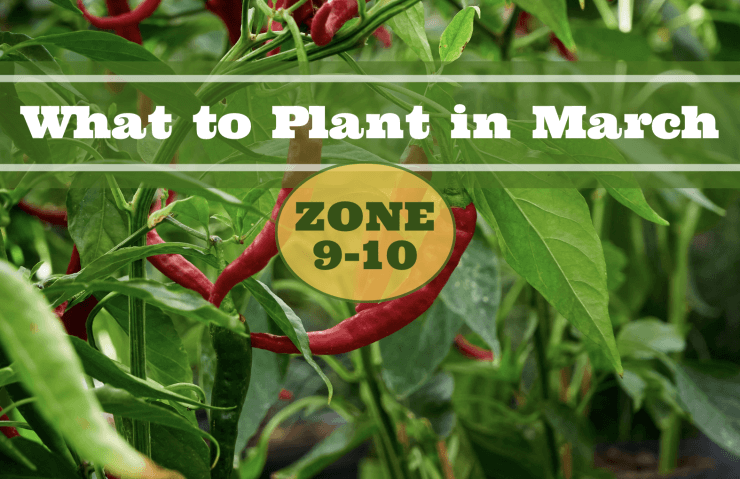
Think of March as your garden’s sweet spot. The intense summer heat hasn’t arrived yet, but you’ve got plenty of warm, sunny days perfect for growing just about anything your heart desires. From the last of the cool-season vegetables to the first tomatoes of the season, March in zones 9-10 is a gardener’s paradise.
So grab your sunhat and sunscreen (because let’s face it, gardening in these zones means sun protection is a year-round necessity), and let’s explore what you can plant in your garden this month. Whether you’re planning for quick spring harvests or looking ahead to summer bounty, March offers endless possibilities!
Direct Sowing in March
Warm-Season Vegetables
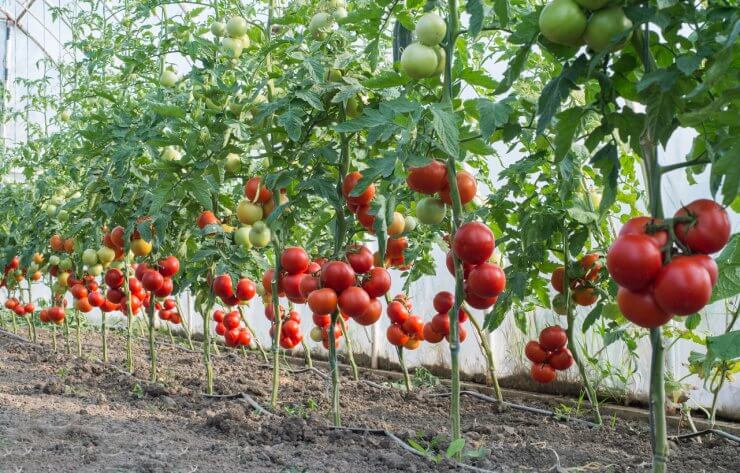
Tomatoes
March is the perfect time to get tomatoes in the ground in zones 9-10. Your warm soil temperatures will encourage quick root development, setting you up for early summer harvests. In these zones, heat-set varieties are crucial as temperatures climb. Plant them deeply, burying about 2/3 of the stem to encourage strong root development. During March, your nighttime temperatures should be consistently above 50°F, ideal for fruit set. Consider providing afternoon shade as summer approaches to prevent sun scald on developing fruits.
Recommended varieties:
- Solar Fire: Bred specifically for hot climates, this variety continues to set fruit even when temperatures soar
- Phoenix: Disease-resistant and heat-tolerant, perfect for humid conditions
- Sun Gold: Sweet cherry tomatoes that resist cracking and produce prolifically
- Roma: Dense paste tomato that handles heat well and is perfect for sauces
Peppers
Peppers thrive in the warmth of zones 9-10, and March planting gives them plenty of time to establish before peak heat arrives. These heat-loving plants appreciate well-drained soil enriched with organic matter. In March, your soil temperatures should be reaching the 70s, perfect for strong root development. Space plants 18-24 inches apart to ensure good air circulation as summer humidity increases.
Recommended varieties:
- California Wonder: Classic bell pepper that produces thick-walled fruits perfect for stuffing
- Jalapeño: Reliable producer that gets hotter as temperatures rise
- Hungarian Wax: Early producer of versatile peppers good for pickling or fresh eating
- Thai Bird: Compact plants perfect for containers, producing numerous small, spicy peppers
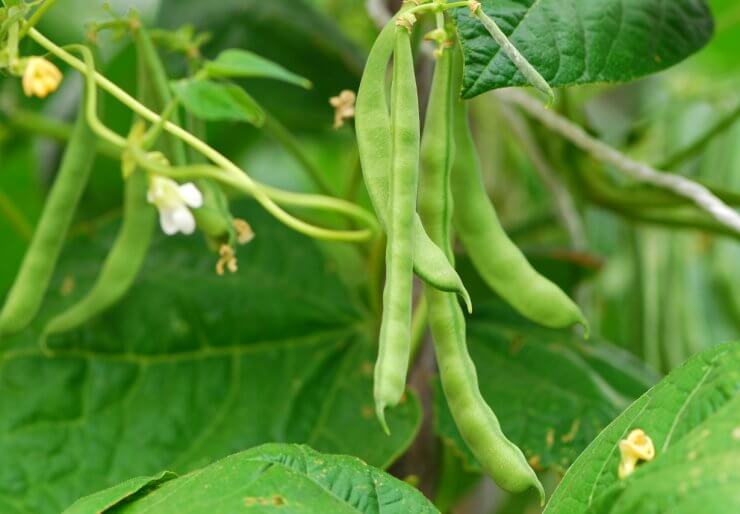
Beans
March-planted beans in zones 9-10 can provide harvests before the intense summer heat arrives. These nitrogen-fixing plants help improve your soil while providing abundant crops. Plant seeds 1 inch deep and keep soil consistently moist until germination. March’s moderate temperatures are perfect for flower set and pod development.
Recommended varieties:
- Provider: Bush bean that produces heavy yields and handles warm weather well
- Kentucky Wonder: Classic pole bean that keeps producing through hot weather
- Yard Long: Asian variety that thrives in heat and humidity
- Dragon Tongue: Beautiful bush bean with purple-streaked pods that remain tender even when large
Root Crops
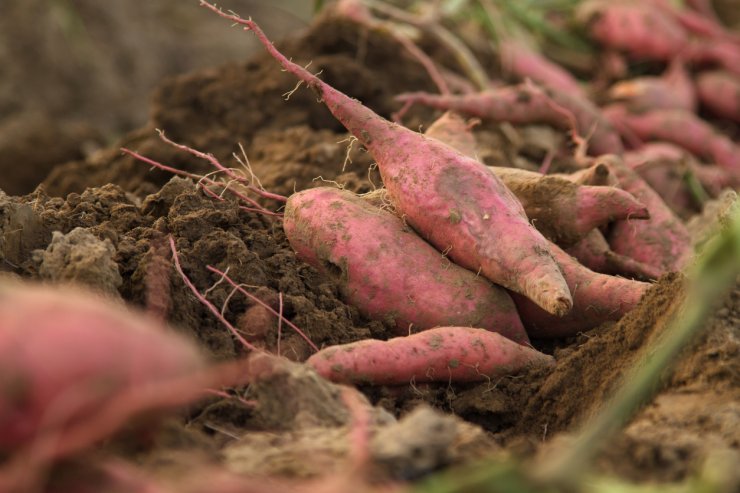
Sweet Potatoes
March is an ideal time to start sweet potato slips in zones 9-10. These tropical vegetables love the warming soil and will produce abundantly in your long growing season. Start slips by suspending sweet potato pieces in water or laying them in moist sand. By planting in March, you’ll have strong plants established before the intense summer heat, leading to better root development.
Recommended varieties:
- Beauregard: Quick-maturing variety that produces reliable harvests
- Centennial: Disease-resistant variety with excellent storage qualities
- White Yam: Mild-flavored variety that’s less sweet than orange types
- Georgia Jet: Early maturing variety perfect for shorter seasons
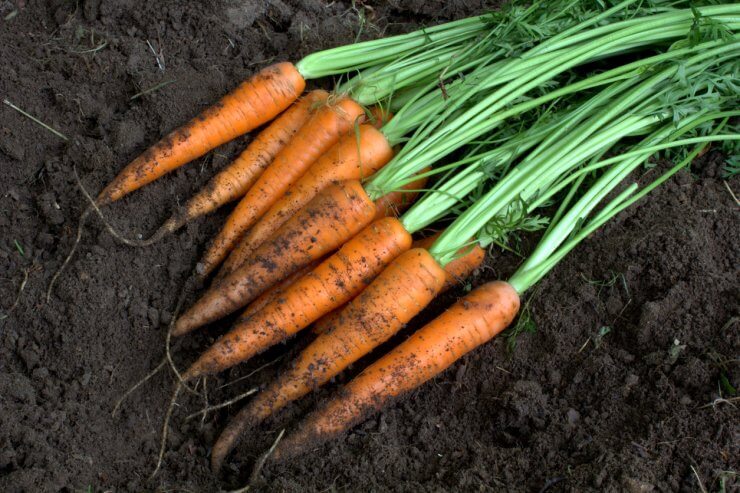
Carrots
While traditionally a cool-season crop, heat-tolerant carrot varieties can be planted in March in zones 9-10. The key is keeping the soil consistently moist during germination and providing partial shade as temperatures rise. Plant seeds 1/4 inch deep in loose, well-amended soil. March planting allows roots to develop before the intense heat of summer arrives.
Recommended varieties:
- Nantes: Sweet, crisp carrots that mature quickly
- Danvers: Strong tops make harvesting easier in heavy soils
- Little Finger: Perfect for containers and small spaces
- Imperator: Long, straight roots ideal for deep, loose soils
Leafy Greens
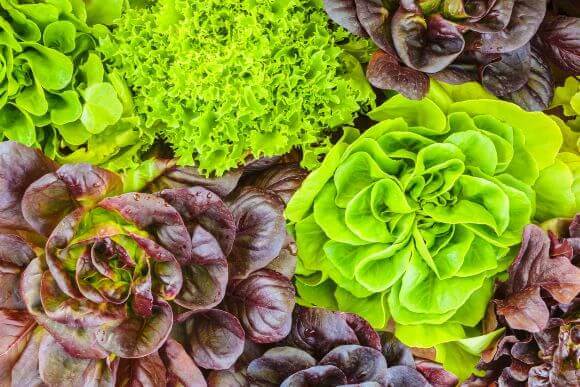
Heat-Tolerant Lettuce
March is your last chance to get lettuce established before summer heat arrives. Choose bolt-resistant varieties and provide afternoon shade to extend the harvest season. Plant seeds 1/8 inch deep and keep soil consistently moist. Consider succession planting every week in March to maximize your spring harvest window.
Recommended varieties:
- Black Seeded Simpson: Reliable leaf lettuce that tolerates warm weather
- Jericho: Romaine type bred for desert heat
- Summer Crisp: Holds quality even as temperatures rise
- Red Sails: Beautiful red leaf lettuce that resists bitter flavor in heat
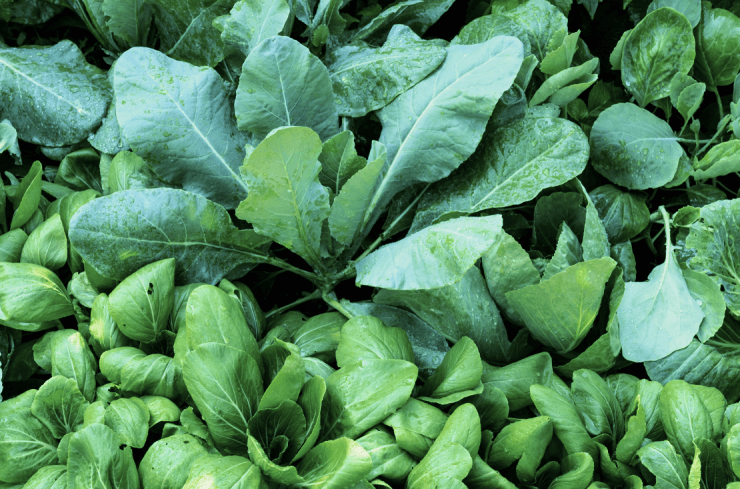
Asian Greens
March is perfect for fast-growing Asian greens in zones 9-10. These versatile vegetables often tolerate heat better than traditional greens and can provide multiple harvests. Plant seeds 1/4 inch deep and thin seedlings to proper spacing. Many varieties can be harvested as baby greens or allowed to mature fully.
Recommended varieties:
- Bok Choy: Quick-maturing with crisp stems and tender leaves
- Mizuna: Feathery leaves perfect for salads and stir-fries
- Tatsoi: Spoon-shaped leaves that resist bolting
- Chinese Cabbage: Heading variety that handles warmth well
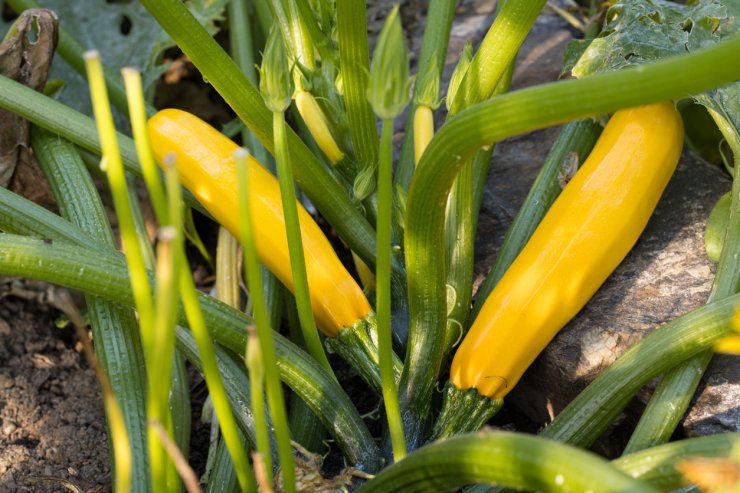
Summer squash ready for harvesting.
Summer Squash
March-planted squash will give you an early start on summer production. These heavy feeders benefit from rich, well-amended soil and consistent moisture. Plant seeds 1 inch deep in hills or rows, and consider succession planting every 3-4 weeks for continuous harvests.
Recommended varieties:
- Early Prolific Straightneck: Reliable yellow squash that produces early
- Black Beauty: Classic dark green zucchini with excellent flavor
- Patty Pan: Unique scalloped fruits that are perfect for stuffing
- Cocozelle: Italian variety with striped fruits and compact growth
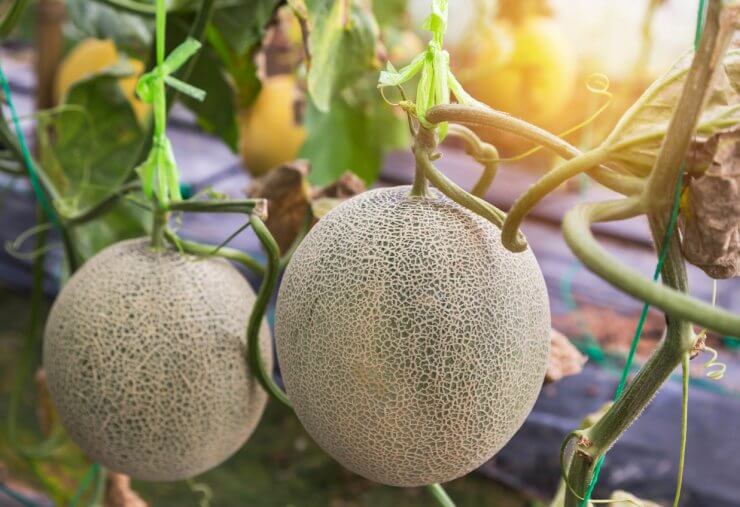
Melons growing on a tree
Melons
Your warm climate is perfect for March melon planting. These heat-loving vines need full sun and rich, well-drained soil. Plant seeds 1 inch deep in hills, spacing hills 4-6 feet apart. March planting allows vines to establish before peak heat arrives, potentially leading to earlier harvests.
Recommended varieties:
- Ambrosia Cantaloupe: Sweet, aromatic fruits with excellent disease resistance
- Sugar Baby Watermelon: Compact vines perfect for small spaces
- Honeydew Green Flesh: Smooth, sweet melons that store well
- Charentais: French heirloom with intense flavor and fragrance
Heat-Tolerant Herbs
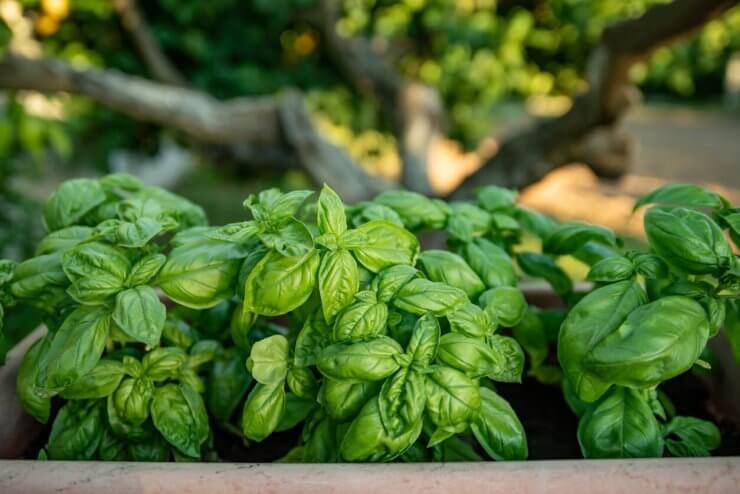
Basil
March is the perfect time to start basil in zones 9-10, as the warm soil promotes quick germination and strong growth. Plant seeds 1/4 inch deep and thin seedlings to 12-18 inches apart. Your March-planted basil will be well-established before summer’s peak heat arrives. Consider providing light afternoon shade to prevent leaf scorch and delay flowering.
Recommended varieties:
- Genovese: Classic Italian variety perfect for pesto and cooking
- Thai: Spicy variety that thrives in heat and humidity
- Purple Ruffles: Ornamental variety that adds color to beds and containers
- Spicy Globe: Compact variety perfect for containers and small spaces
Heat-Loving Herbs
These tropical and subtropical herbs thrive in your warm climate and March planting gives them time to establish strong root systems before summer. Plant in well-draining soil and consider raised beds or containers for better drainage control.
Recommended varieties:
- Cuban Oregano: Thick, succulent leaves with strong flavor; perfect for container growing
- Lemongrass: Tropical grass that provides essential oils for Asian cooking; space clumps 24 inches apart
- Mexican Tarragon: Heat-tolerant substitute for French tarragon; beautiful yellow flowers attract pollinators
- Holy Basil (Tulsi): Medicinal herb that loves heat; aromatic leaves can be used fresh or dried
Tropical Vegetables
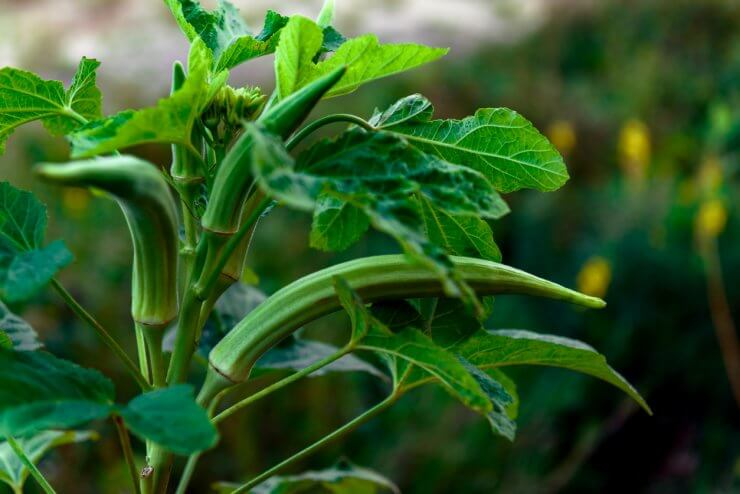
Okra
March planting allows okra to mature during the hottest months when it’s most productive. This heat-loving vegetable actually performs better as temperatures rise. Plant seeds 1 inch deep and 12 inches apart, thinning to 24 inches as plants grow. Keep soil consistently moist until germination, then reduce watering to encourage deep root growth.
Recommended varieties:
- Clemson Spineless: Standard variety with excellent productivity
- Red Burgundy: Beautiful red pods that add color to your garden
- Silver Queen: Pale green pods that stay tender even when large
- Star of David: Compact plants perfect for small gardens
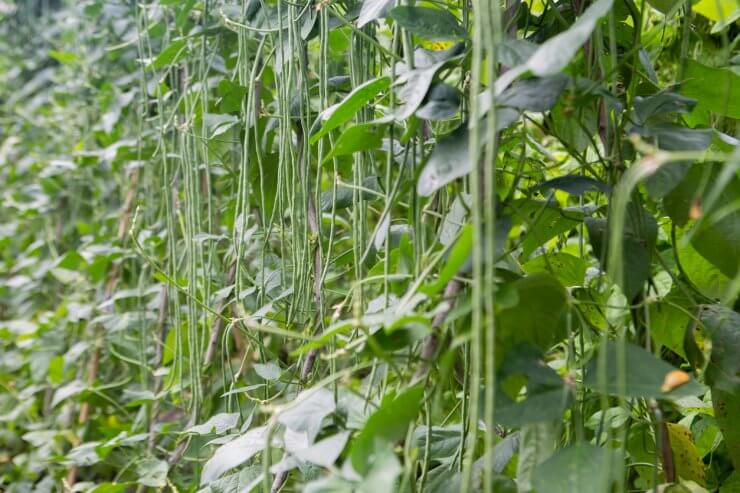
Southern Peas
Also known as cowpeas or field peas, these heat-loving legumes are perfect for March planting in zones 9-10. They fix nitrogen in your soil while providing nutritious pods and seeds. Plant seeds 1 inch deep and 4 inches apart. These tough plants handle heat and drought well once established.
Recommended varieties:
- California Blackeye: Classic variety ready in about 75 days
- Purple Hull: Easy to harvest when pods turn purple
- Zipper Cream: Bush type that doesn’t require trellising
- Mississippi Silver: Heat-tolerant variety with excellent disease resistance
March Garden Tasks for Zones 9-10
- Set up irrigation systems before the dry season
- Prepare summer shade structures while temperatures are mild
- Clean and sharpen tools for the busy season ahead
- Start a garden journal to track planting dates and varieties
- Plan succession plantings for continuous harvests
- Monitor for emerging pest issues
- Maintain regular harvesting schedule
- Begin fertilizing established plants
- Check for signs of heat stress
- Plan summer heat protection strategies
March in zones 9-10 offers incredible opportunities for gardening, but it also comes with unique challenges. Your warm climate means you’re already dealing with temperatures that other zones won’t see for months. Focus on proper spacing, adequate water, and heat protection to give your plants the best chance of success.
Remember that timing is everything in these warm zones. While you can plant many crops now, some cool-season vegetables might struggle as temperatures rise. Don’t be afraid to experiment with different varieties and planting times to find what works best in your specific microclimate.
What are you planning to plant this March? Are you trying any new heat-tolerant varieties this year? Drop a comment below and share your warm-weather gardening adventures!


 Previous
Previous
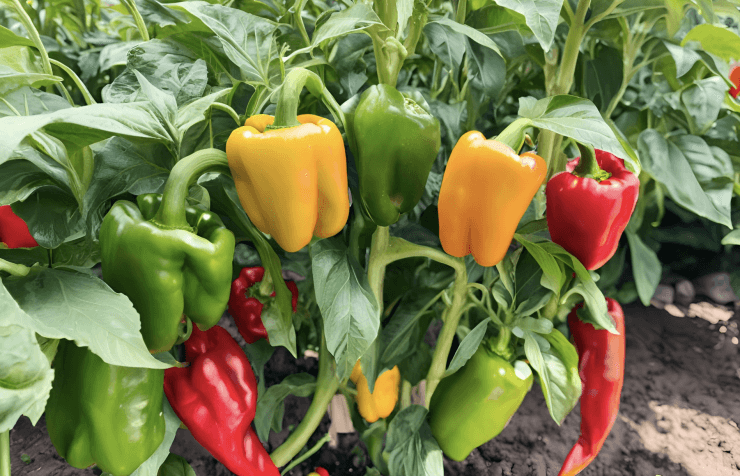


This website is amazing! I’ve lived and gardened in this zone number of years and couldn’t figure out why my garden wasn’t acting like it should. Just lately information has been leaking out, but this is the best I’ve ever seen! And with recipes to find easily when things start to ripen, so I can use them without looking through my numerous cookbooks. (I grew up in the mid west so, surprise, veggies are ripening at the wrong time, getting sunscald, etc.) I don’t know how I found your website, but I am so very, very happy I did!